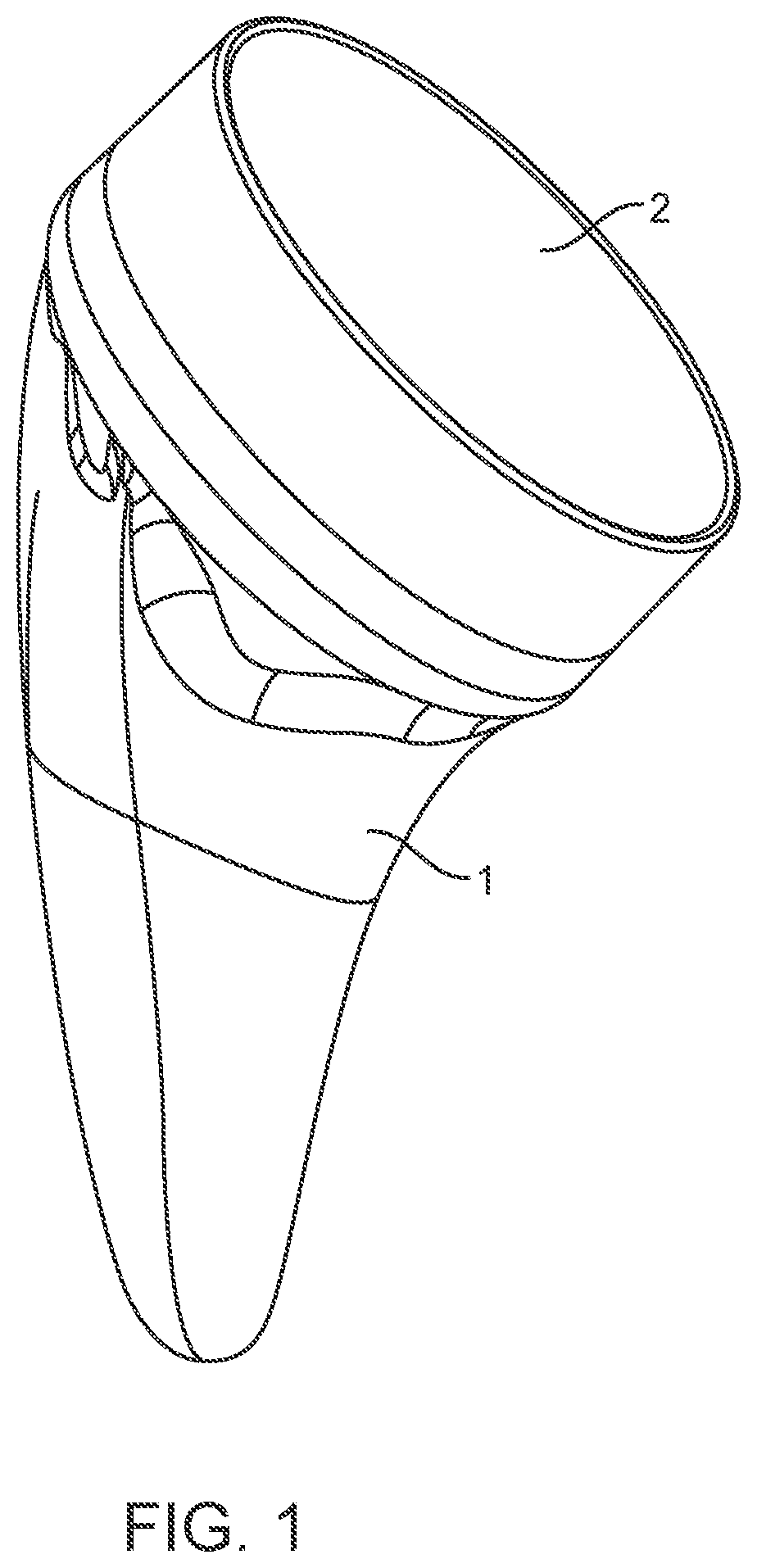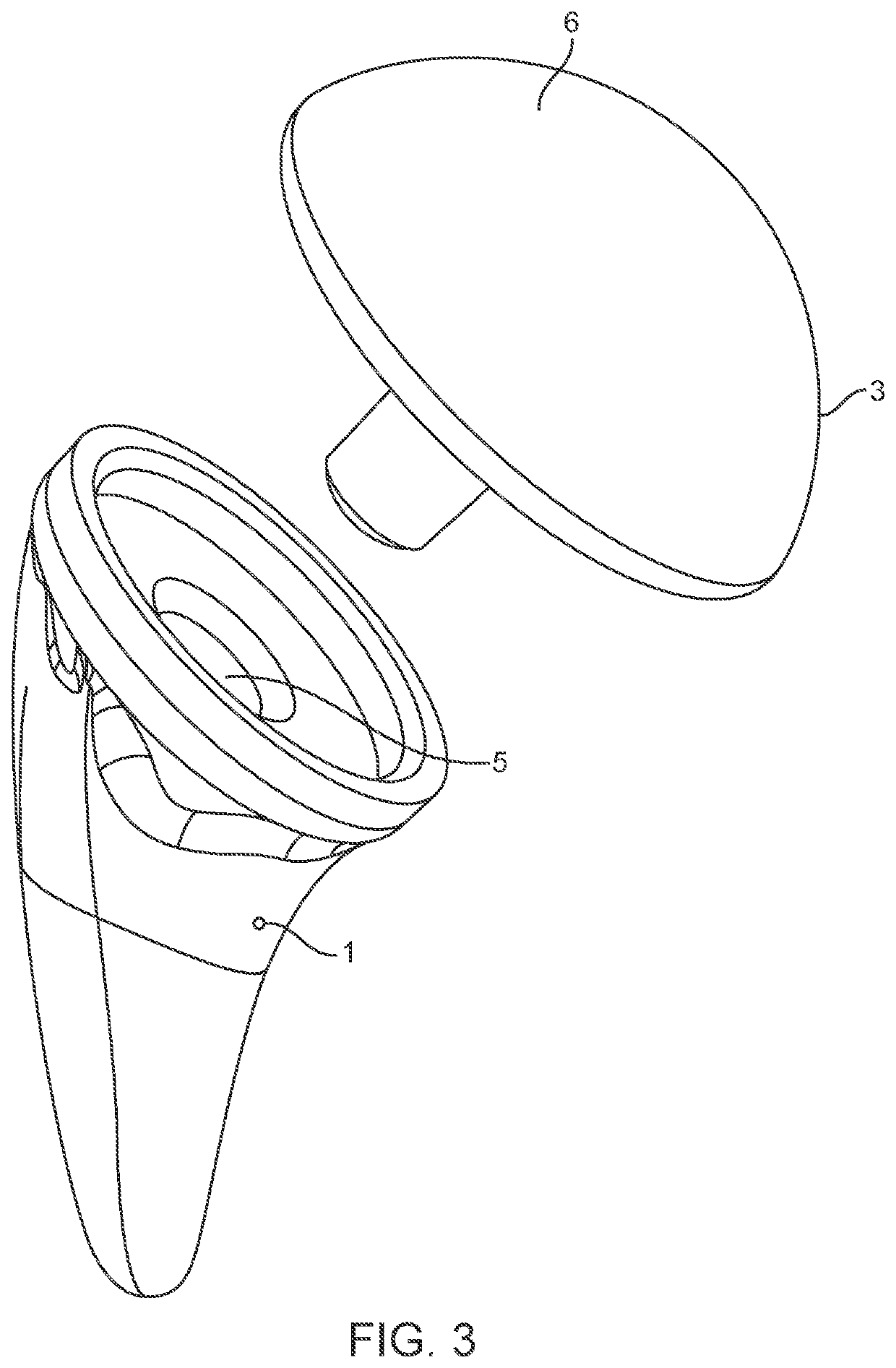Shoulder arthroplasty implant system
a technology for implants and shoulder joints, applied in the field of shoulder arthroplasty implant systems, can solve the problems of increased blood loss, increased complication rate, and difficulty in stem removal
- Summary
- Abstract
- Description
- Claims
- Application Information
AI Technical Summary
Benefits of technology
Problems solved by technology
Method used
Image
Examples
experiment 1
[0134] Humeral Statistical Shape Modeling for Stem Component Sizing
[0135]A representative CT database of low-level osteoarthritic (OA) bones was used to create a statistical shape model (SSM) of the proximal humerus. 49 CT scans of low-level OA humeri were used in the creation of the humeral SSM. A SSM is a method of describing the shape of a number of objects of a type (e.g., humeri). The model represented the mean shape of the humeri (also referred to herein as a “mean bone”), as well as how the shape varied most commonly in the sample population, and served as a generalization of how the surface shape of the humeri scales with size.
[0136]To generate the SSM, the interior and exterior cortex of each CT scan was segmented and reference surface point locations were identified and registered to a coordinate system about the center of the resection plane. Measurements were made at locations derived from angles, ratios of the bone's scale factors, and other normalized means of measurin...
PUM
| Property | Measurement | Unit |
|---|---|---|
| thickness | aaaaa | aaaaa |
| thickness | aaaaa | aaaaa |
| anterior-posterior diameter | aaaaa | aaaaa |
Abstract
Description
Claims
Application Information
 Login to View More
Login to View More - R&D
- Intellectual Property
- Life Sciences
- Materials
- Tech Scout
- Unparalleled Data Quality
- Higher Quality Content
- 60% Fewer Hallucinations
Browse by: Latest US Patents, China's latest patents, Technical Efficacy Thesaurus, Application Domain, Technology Topic, Popular Technical Reports.
© 2025 PatSnap. All rights reserved.Legal|Privacy policy|Modern Slavery Act Transparency Statement|Sitemap|About US| Contact US: help@patsnap.com



